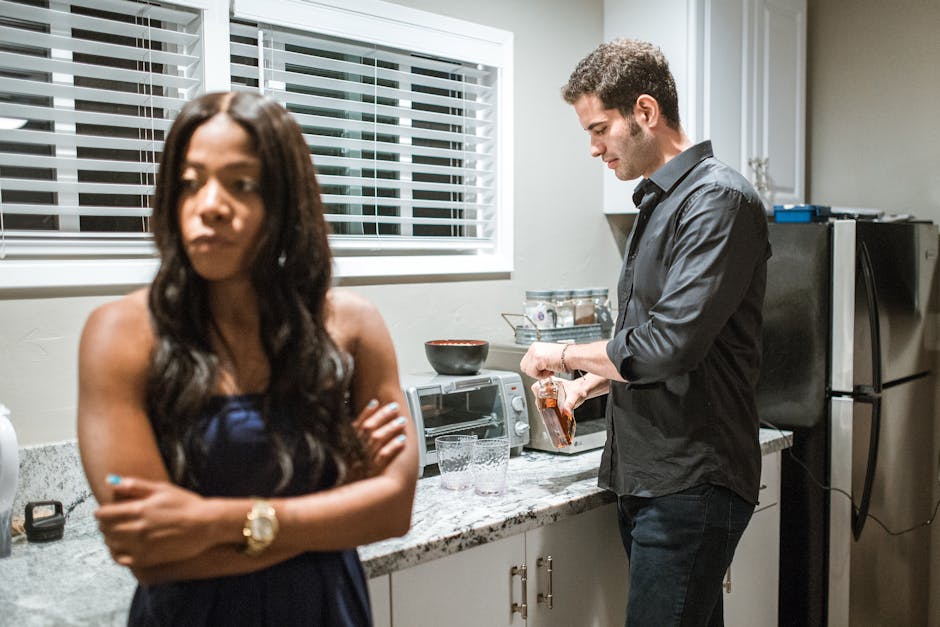From Broken Boy to Restored Man: A Journey of Healing and Transformation (De Niño Quebrantado A Hombre Restaurado)
The phrase “De Niño Quebrantado A Hombre Restaurado”—from broken boy to restored man—resonates deeply with individuals who have navigated the complex landscape of trauma and emerged stronger on the other side. This journey, often fraught with pain, self-doubt, and uncertainty, is a testament to the incredible resilience of the human spirit. This article explores the multifaceted aspects of this transformation, offering insights, guidance, and hope for those currently walking this path, and providing understanding for those supporting them.
Understanding the Broken Boy: The Roots of Trauma
The foundation of a “niño quebrantado” (broken boy) is often laid in early childhood experiences. Trauma can take many forms, including:
- Neglect: Emotional, physical, or both. The lack of basic needs, love, and attention can leave deep scars.
- Abuse: Physical, emotional, sexual, or a combination thereof. The devastating impact of abuse on a child’s development is profound and long-lasting.
- Witnessing Violence: Exposure to domestic violence, community violence, or other traumatic events can leave a child feeling unsafe and insecure.
- Loss and Grief: The death of a loved one, particularly a parent or sibling, can be incredibly traumatic, especially for young children.
- Mental Illness in the Family: Growing up in a household where mental illness is prevalent can create a challenging and unstable environment.
These experiences can lead to a range of challenges, including low self-esteem, difficulty forming healthy relationships, substance abuse, and various mental health issues such as anxiety, depression, and PTSD. It’s crucial to understand that the “brokenness” is not a character flaw, but rather a consequence of adverse circumstances.

The Path to Restoration: Steps Towards Healing
The journey from “niño quebrantado” to “hombre restaurado” is not a linear one. It’s a process that requires courage, patience, and self-compassion. Key steps on this path include:
1. Acknowledging and Accepting the Past
The first step is acknowledging the pain and trauma experienced. This can be a challenging process, often requiring professional help. Denial or avoidance only prolongs the healing process. Acceptance is not condoning the past, but rather recognizing its impact and choosing to move forward.
2. Seeking Professional Help
Therapy, particularly trauma-informed therapy, plays a vital role in healing. A therapist can provide a safe and supportive space to process emotions, develop coping mechanisms, and address underlying issues. Different therapeutic approaches, such as CBT (Cognitive Behavioral Therapy) and EMDR (Eye Movement Desensitization and Reprocessing), can be particularly effective.
3. Building Healthy Relationships
Developing healthy, supportive relationships is crucial for healing. This may involve building new connections with trusted friends, family members, or support groups, and consciously working on repairing damaged relationships where possible. Learning to trust others and setting healthy boundaries is a key element of this process.

4. Self-Care and Self-Compassion
Prioritizing self-care is essential for emotional and physical well-being. This includes engaging in activities that promote relaxation, such as exercise, meditation, spending time in nature, or engaging in creative pursuits. Self-compassion, recognizing your own suffering and treating yourself with kindness, is crucial during this challenging journey.
5. Forgiving Yourself and Others
Forgiveness, both of yourself and others, is a powerful step towards healing. It’s not about condoning harmful actions, but about releasing the burden of anger and resentment that can hinder progress. This process often requires significant time and effort, and professional guidance can be invaluable.
The Restored Man: Embracing a New Identity
The “hombre restaurado” (restored man) is not simply the absence of trauma; it’s the emergence of a stronger, more resilient, and compassionate individual. This transformation involves:
- Increased Self-Awareness: A deeper understanding of one’s emotions, strengths, and weaknesses.
- Improved Self-Esteem: A greater sense of self-worth and confidence.
- Healthier Relationships: The ability to form and maintain healthy, fulfilling relationships based on mutual respect and trust.
- Emotional Regulation: The ability to manage and express emotions in a healthy way.
- Resilience: The capacity to bounce back from adversity and challenges.
- Purpose and Meaning: A renewed sense of purpose and meaning in life.
The journey from “niño quebrantado” to “hombre restaurado” is a testament to the human spirit’s capacity for healing and transformation. It requires courage, perseverance, and a willingness to seek support. The path may be long and challenging, but the rewards of a restored life are immeasurable.
Resources and Support
If you or someone you know is struggling with the effects of trauma, please reach out for help. There are many resources available, including:
- Mental health professionals: Therapists, counselors, and psychiatrists
- Support groups: Connecting with others who share similar experiences
- Crisis hotlines: Providing immediate support in times of crisis
- Online resources: Websites and organizations offering information and support
Remember, you are not alone, and healing is possible.


